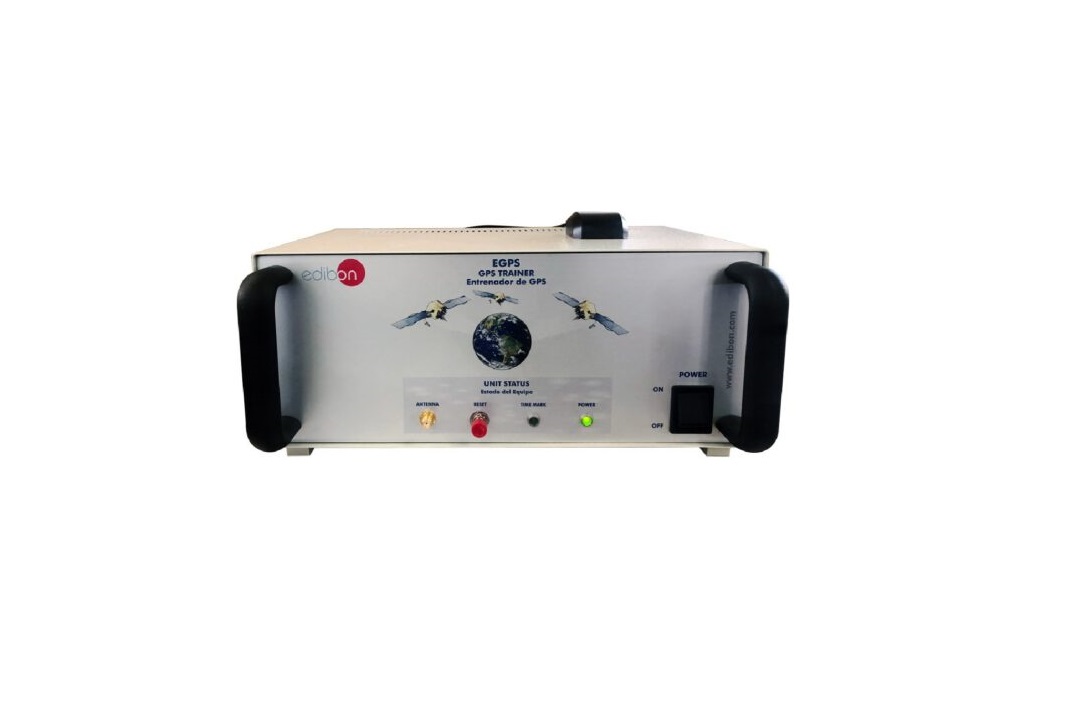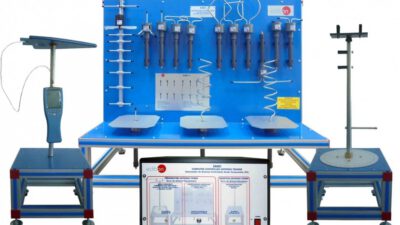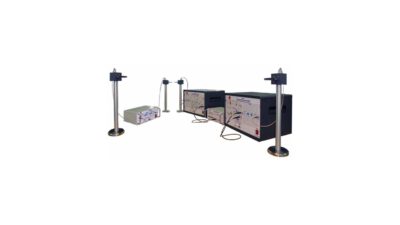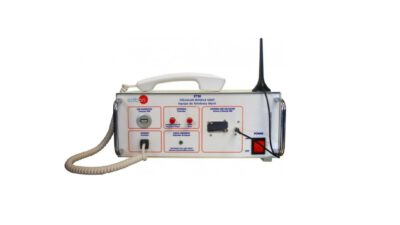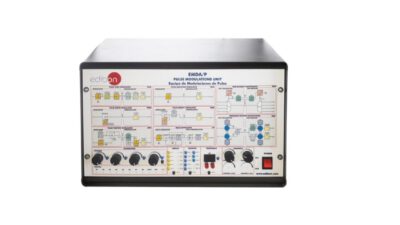The GPS Unit, “EGPS”, designed by EDIBON, has been developed for the study of basic concepts about global positioning systems. The unit allows to acquire a solid knowledge about how a GPS receiver works, not needing any prior knowledge.
The “EGPS” allows the student to learn in an easy and practical way about the concepts and terms used in global positioning systems, such as trilateration, GPS starting modes, geographical azimuth, etc.
The unit mainly consists of two elements: the interface where the GPS receiver element is found, with a series of state indicators, and the antenna in charge of the reception of the signals from the satellites.
SPECIFICATION
Metallic box with handles.
The “EGPS” unit mainly consists of two elements:
- Unit-interface, which includes the GPS receiver element with a series of status indicators.
- Antenna in charge of the satellites signals reception: antenna RF with magnetic base.
The communication between the unit and the PC is through a USB communication connector.
The “EGPS” has a set of LEDs to indicate the unit status:
- Switch and indicator of the unit status:
- The ON switch serves to activate the unit. The LED indicates if the unit is operating. The “reset” button resets the receiver.
- Tracking and positioning status indicators:
- The “EGPS” has a LED to indicate the tracking and fixing status.
Active antenna with amplifier incorporated and magnetic base to be fixed to metallic elements.
Anntena RF 50 Ohm with magnetic base. Gain: 28 dB.
Receptor 48 channels L1 Band (1575,42 MHz).
RF (Radio Frequency) sensibility reception:
- Autonomous acquisition: -148 dBm.
- Navigation: -163 dBm.
- Tracking: -165 dBm.
Acquisition times:
- Hot start TTFF < 1 sec.
- Warm start TTFF < 35 sec.
- Cold start TTFF < 35 sec.
Positional accuracy:
Autonomous positional error = 2.5 m.

